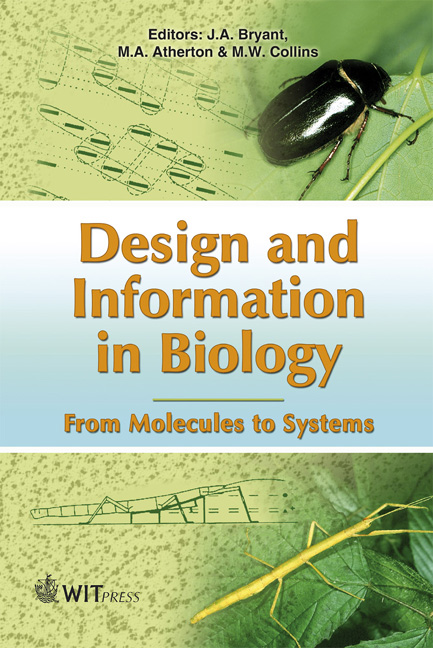Information Theory And Sensory Perception
Price
£23.00
Volume
27
Pages
29
Published
2007
Size
359 kb
Paper DOI
10.2495/978-1-85312-853-0/07
Copyright
WIT Press
Author(s)
M.D. Plumbley & S.A. Abdallah
Abstract
Chapter 7 Information theory and sensory perception M.D. Plumbley & S.A. Abdallah Department of Electronic Engineering, Queen Mary University of London, London, UK. Abstract In this chapter, we explore Shannon’s information theory and what it may tell us about the biological processes of sensory perception. We begin by discussing some historical theories of sensory perception, including concepts of objects and invariances as well as principles from Gestalt psychology.We consider the ecological principle that perception should be useful for an organism, and introduce information theory as a possible way to measure this usefulness. After introducing some of the key concepts from information theory, such as entropy, information, redundancy and factorial coding, we draw parallels between communication in engineering systems and sensory perception. We discuss Attneave’s early proposal that perception should create an economical description of sensory inputs, as measured by information theory, and Barlow’s suggestion of lateral inhibition as a possible mechanism to achieve this. We discuss the important role played by noise in an information processing system, and its importance when determining how to optimise the communication of information. This leads to the concept of information-optimal filters which change their characteristics at different signal-to-noise levels, a feature exhibited by fly and human visual systems. For information processed across topographic maps, optimal information processing leads to a principle of uniform information density, whereby a larger area in the cortex allows higher information density, and hence higher accuracy or sensitivity, at the corresponding sensors.We also discuss some recent investigations of information theory applied to spiking neural systems, and the concept of economy of impulses. Finally, we discuss some related concepts such as structure in a perceptual stimulus and implications for Gibson’s ideas about perceptual systems, and we speculate about the possible importance of attention and active perception for efficient information processing in a sensory system. 1 Introduction The problem of sensory perception has been of interest to philosophers and psychologists for hundreds of years. During the last 50 years or so, since the introduction of Shannon’s information theory [1], the parallel between perception and communication has been explored by many
Keywords





